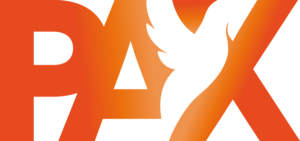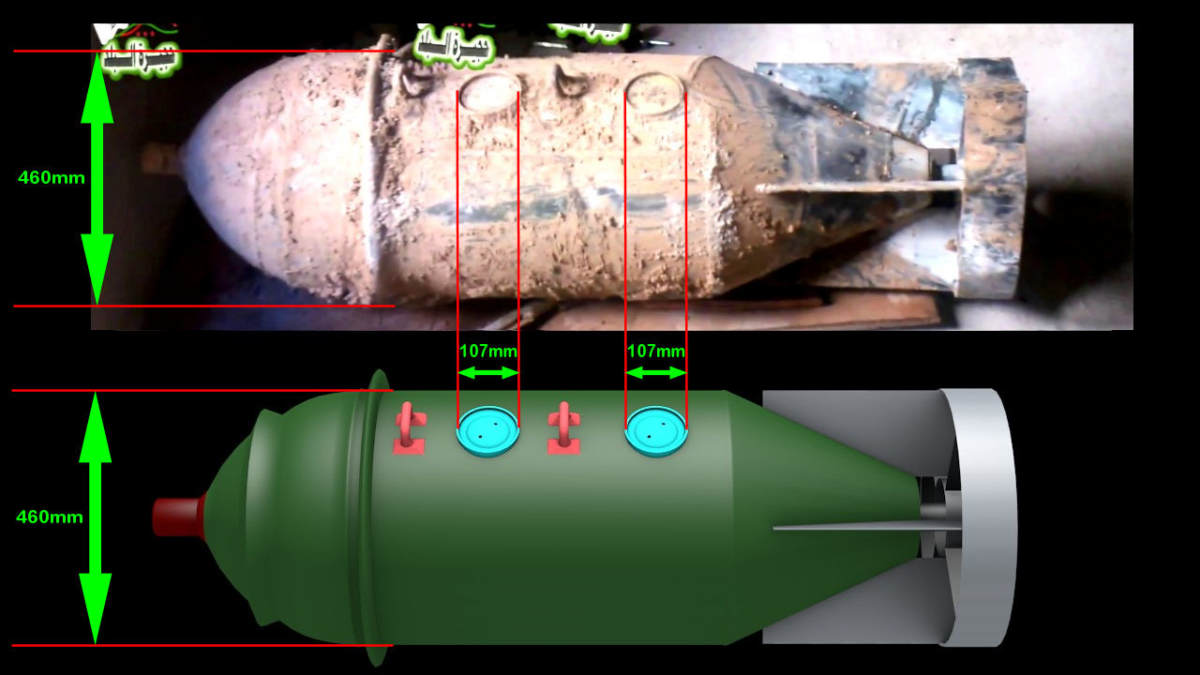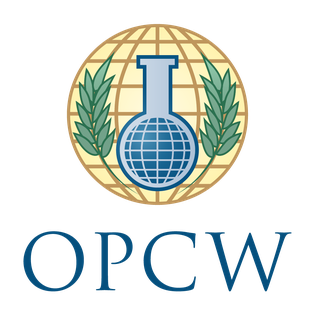Isopropyl Alcohol and Sarin: One Is Needed For the Other
Recent sanctions enforcement cases in Belgium and Switzerland have demonstrated that organisations within Syria have been attempting to purchase large quantities of isopropyl alcohol, also known as propan-2-ol, 2-propanol and isopropanol. European Union sanctions have controlled traffic in isopropyl alcohol to Syria since 2013. After Syria acceded to the Chemical Weapons Convention in late 2013, 133 tons of isopropyl alcohol were destroyed by the OPCW during the disarmament of the facilities and materiel declared to that organisation.
Why Is This important?
Well, you literally cannot make Sarin without isopropyl alcohol. Sarin is created by combining isopropyl alcohol with the chemical methylphosphonic difluoride, also referred to in US documents as DF. DF is an exotic chemical with no legitimate uses other than making Sarin. It is the result of a multiple-step, difficult, unsafe, and complex set of chemical engineering processes.
There are multiple pathways to go from raw materials to DF. One molecule of DF combined with one molecule of isopropyl alcohol creates one molecule of Sarin and one molecule of hydrogen fluoride (HF), a very nasty by-product. Some very large state-level industrial processes, possibly only in the U.S. and the USSR, used an alternative process called the “di-di” process. This uses a carefully mixed blend of DF and “DC” — methylphosphonyl dichloride, which is the direct precursor to DF. This blend is then mixed, carefully, with a specific technique which I should not disclose, with isopropyl alcohol. This yields a 50:50 (by mol) mix of Sarin and hydrogen chloride.
With either process, there is a need to remove or at least significantly reduce the acid content of the end product. In either method, isopropyl alcohol is an absolute requirement. Historical records from the U.S. Army’s production of Sarin at Rocky Mountain Arsenal in Colorado show that, despite the nominal 1:1 ratio of isopropyl to DF or Di-Di blend, in practice, far more isopropyl was consumed in the production process. Over 1 million pounds of isopropyl alcohol waste was produced during the 5 year production run for the U.S. Army’s stockpile of unitary Sarin. This indicates that it was used for various ancillary purposes in the production process as well as a reactant. It also appears that even the highly efficient US industrial process needed a surplus of isopropyl alcohol to properly ensure that all of the DF and DC were properly reacting with the alcohol.
Can Some Other Alcohol Do The Job?
The question is often asked, will some other alcohol work if high grade isopropanol is not available. The answer to that is both yes and no.
Yes, you can create nerve agents by combining some other alcohols with DF. But no, you do not get Sarin. Adding ethyl alcohol to DF yields Ethyl Sarin, which is far less toxic than Sarin and has a flash point that makes its use problematic in military weapon systems.
If you add the exotic alcohol cyclohexanol you end up making Cyclosarin. If you add pinacolyl alcohol, another exotic chemical, you end up making the chemical warfare agent Soman, which is really rather more dangerous than Sarin. Some other exotic possibilities also exist. Cyclohexanol and pinacolyl alcohol are rather more expensive than isopropyl alcohol, which is one reason why the U.S. military did not pursue Soman as a weapon during the Cold War. Industrial supplies of pinacolyl alcohol were not available and an expensive factory would have been needed just to supply a Soman effort. The decision was made on economic grounds to not produce Soman.
The overall point is that isopropyl alcohol cannot be substituted with any other alcohol if the end product is Sarin. In Syria, the end product has been Sarin, as proven definitively by a wide variety of physical and biomedical evidence.

Impurities in Isopropyl Alcohol

In many parts of the world, isopropyl alcohol is widely available in pharmacies or as a cleaning product. However, the widely available commercial products are diluted (usually in water) and/or contain large numbers of impurities. If you are producing Sarin you want to have very pure isopropyl alcohol, and dilution, contaminants, and by-products in your alcohol are antithetical to producing a Sarin product.
The most common contaminant in isopropyl alcohol is water. Even the smallest amount of water is a problem in Sarin production.
Sarin reacts with water to form decomposition products. More importantly, water reacts with DF, and quite badly so. DF reacts with water to produce both HF, a deadly and dangerous acid corrosive to most materials, and methylphosphonylfluoridic acid. Both of these acids, in turn, would be deleterious to the Sarin. In addition, water would preferentially react with DF in a mix, thus reducing the purity of the Sarin even further. Soviet, British, American, and German experience with nerve agent production demonstrated that moisture of any kind, even trace amounts of humidity in the air, causes problems for Sarin production. Another thing to point out is that pure isopropyl alcohol is hygroscopic. It will literally suck water out of the air the minute you open the bottle. This water in turn will throw off the Sarin production process, as discussed above. Handling the alcohol requires special measures to ensure that it does not come into contact with air.
Other contaminants in isopropyl alcohol are commonplace. The presence of other alcohols is nearly inevitable, and these appear to vary from manufacturer to manufacturer. Numerous grades of isopropyl alcohol are available. Only the very highest grades have low amounts of other alcohols removed from them. These are very costly products, with some “analytical grade” isopropyl alcohols retailing for over 100 USD per litre. One example is an analysis by Agilent of a sample of pharmaceutical grade isopropyl alcohol (of unspecified manufacture) shows a wide variety of contaminants. This study showed the presence of the alcohols methanol, 1-propanol, 2-butanol, n-butanol, and 4-methyl-2-pentanol, as well as a few other contaminants like cyclohexane. Ethanol occurs in many instances as well.
Even higher grades than “pharmaceutical grade” are available, but have been shown to have contaminants in them. A journal article from 1986 showed that a sample of “GR” grade “guaranteed purity” reagent isopropyl alcohol from Merck had 1000 ppm (e.g. 0.1%) methanol and 1000 ppm water. Samples from other vendors had impurities as well. Even spending a lot of money doesn’t necessarily get you a very pure product. Other studies and lists of contaminants are available for those with time to look through journals and chemistry textbooks.
This occurs because for nearly all purposes, 99.9% pure isopropyl alcohol is good enough, or even better than what is actually needed for its normal industrial uses. Distillation will get you some of the way there, but various chemical techniques are needed to get you to a highly pure product. These are, in layman’s terms, methods where you add a chemical to take a chemical out of the alcohol. Some of these methods are easier and cheaper than others.
By the relatively un-rigorous approach of looking at retail prices of high grade isopropyl alcohols openly advertised, the cost of refining isopropyl alcohol goes up quite steeply somewhere after 99%. To get to a 99.99% product, it is orders of magnitude more expensive. It is a highly plausible scenario that a country at war, with much damage and degradation to its industry (e.g. Syria), does not have the infrastructure in place to produce isopropyl alcohol to a necessary high standard and is reduced to buying the best it can bargain for on the world market.
Contaminants and the Forensic Trail
One thing that the Syrian Sarin incidents has demonstrated to the rest of the world is that a considerable amount of information can be gleaned from environmental samples. Anything that is in the Sarin will end up in the environment. The traces of various chemical compounds that have been collected in environmental and biomedical samples.
Some of the chemicals found at the various Sarin attack sites, such as Ghouta, Latamenah, and Khan Sheikhoun. Here’s some of the interesting chemicals found at the sites of Sarin use in Syria:
- Ethyl isopropyl methylphosphonate – EIMP is a possible indication that ethanol was present in significant quantity in the alcohol used to make the Syrian Sarin.
- Isopropyl propyl methylphosponate – IPMPA could be an indicator that the Syrian Sarin had n-propanol in the isopropyl alcohol.
- Di-isopropyl dimethylpyrophosphonate – One reason this chemical is present could be water present in the isopropyl alcohol.
Taken collectively, these chemicals are a strong clue that sub-optimum isopropyl alcohol was used to make the Sarin. They can form a forensic clue that could, in theory, match specific sources of isopropyl alcohol to specific uses in the field. Whether this has, in fact, been done by the OPCW is not known. However, the OPCW did take possession of the Syrian 2013 declared stockpile of isopropyl alcohol and like has done analysis of it. This analysis has not been published, but would be of interest.
Isopropyl alcohol is needed to make Sarin. But just exactly what isopropyl alcohol has been used can, in theory, provide clues to the supply chain.
Bellingcat’s research for this publication was supported by PAX for Peace.




